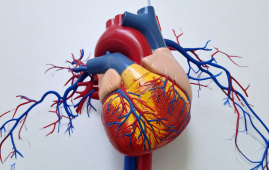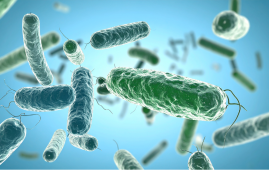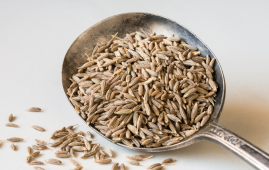

A recent series of studies published in The Lancet Oncology sheds light on the pressing challenges of cancer care in South Asia. This region, home to over 1.92 billion people across Afghanistan, Bangladesh, India, and other SAARC countries, faces a rising cancer burden, particularly with cervical, oral, and lung cancers. Despite lower cancer incidence rates than the global average, mortality rates are alarmingly high due to late diagnoses, limited early detection programs, and inadequate healthcare infrastructure.
Efforts to improve oncology care are hindered by a shortage of trained healthcare professionals such as oncologists and radiation technologists. Rural areas are especially underserved, and healthcare disparities between urban and rural regions exacerbate the issue. Furthermore, cultural stigmas and lack of awareness about cancer symptoms and risk factors, such as smoking and chewing betel nut, complicate efforts to improve cancer prevention and treatment. Read more on how AI can help detect cancer.
Key recommendations from the study emphasize strengthening national cancer control programs, improving healthcare infrastructure, and investing in the education and retention of skilled oncology professionals. The establishment of cancer registries is also critical to improving data collection, which would guide better policy decisions and resource allocation.
In refugee settings, particularly within the Rohingya refugee camps in Bangladesh, cancer types such as hepatocellular carcinoma, oral cancer, and cervical cancer are becoming more prevalent. The lack of access to adequate healthcare facilities and resources further compounds the situation, requiring multi-pronged interventions, including cancer screening, treatment, and palliative care.
A coordinated regional effort, including awareness campaigns and partnerships, is essential for tackling these cancer disparities. By strengthening regional collaboration, SAARC nations can mobilize resources and improve access of cancer care in south asia, ensuring that the population is better equipped to address the growing cancer incidence.
Source: University of Pittsburgh
more recommended stories
 Genetic Diversity Explains Obesity Risk Differences
Genetic Diversity Explains Obesity Risk DifferencesCross-ancestry Study Identifies Novel Obesity Genes.
 Meniscal Tear and OA Pain Improved by Home Exercise
Meniscal Tear and OA Pain Improved by Home ExerciseHome Exercise Proves Effective for Knee.
 AI ECG Model Outperforms Standard STEMI Triage
AI ECG Model Outperforms Standard STEMI TriageNovel AI ECG Model Outperforms Standard.
 New Software Transforms Real-Time Pathogen Surveillance
New Software Transforms Real-Time Pathogen SurveillanceReal-Time Pathogen Surveillance Software Transforms Environmental.
 Bright Nights May Increase Stroke, Heart Failures in Adults
Bright Nights May Increase Stroke, Heart Failures in AdultsBright Nights are tied to increased.
 Cannabis Use Linked to Regular Tobacco in US Youth
Cannabis Use Linked to Regular Tobacco in US YouthCannabis Use and Tobacco Risk: A.
 Mediterranean Diet Reduces Endometriosis Risk in Women
Mediterranean Diet Reduces Endometriosis Risk in WomenMediterranean Diet and Endometriosis: A Promising.
 Night Shifts May Trigger Irritable Bowel Syndrome (IBS)
Night Shifts May Trigger Irritable Bowel Syndrome (IBS)Night Shifts and Digestive Health: Linking.
 Blood test shows promise for faster ALS diagnosis
Blood test shows promise for faster ALS diagnosisSummary / Key Points A UCLA.
 Caraway seed chemistry yields anticonvulsant leads
Caraway seed chemistry yields anticonvulsant leadsA team led by UNLV researchers.

Leave a Comment